The Ideal Team: What Does It Look Like?
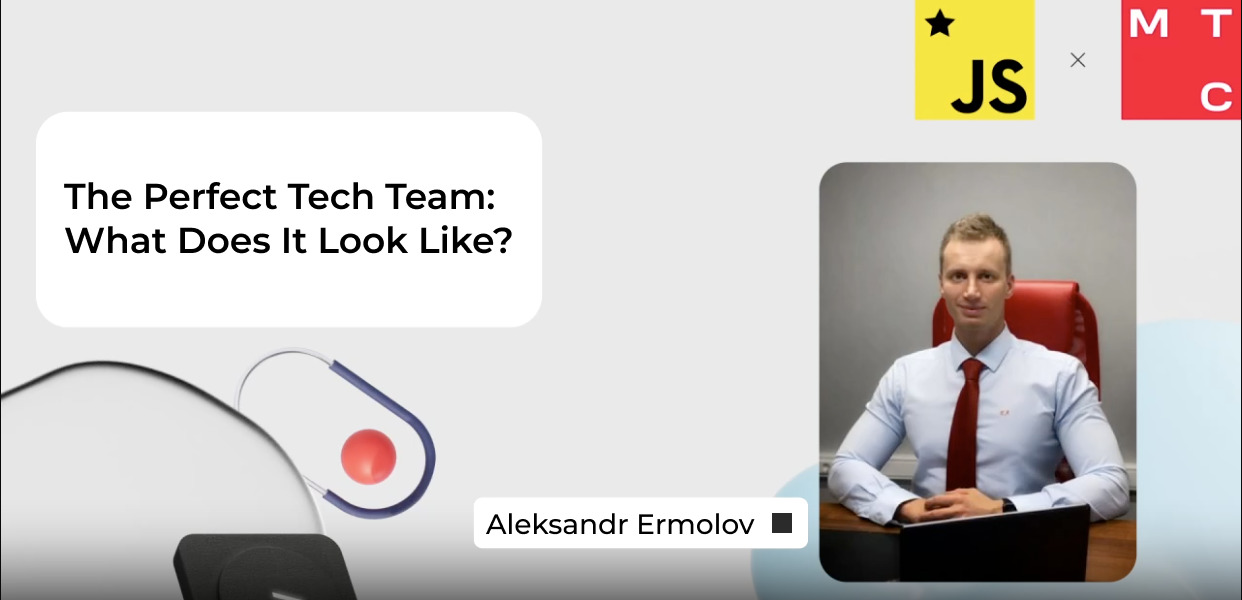
How to Build a Strong Team: From Dysfunctions to Excellence
Event Photos
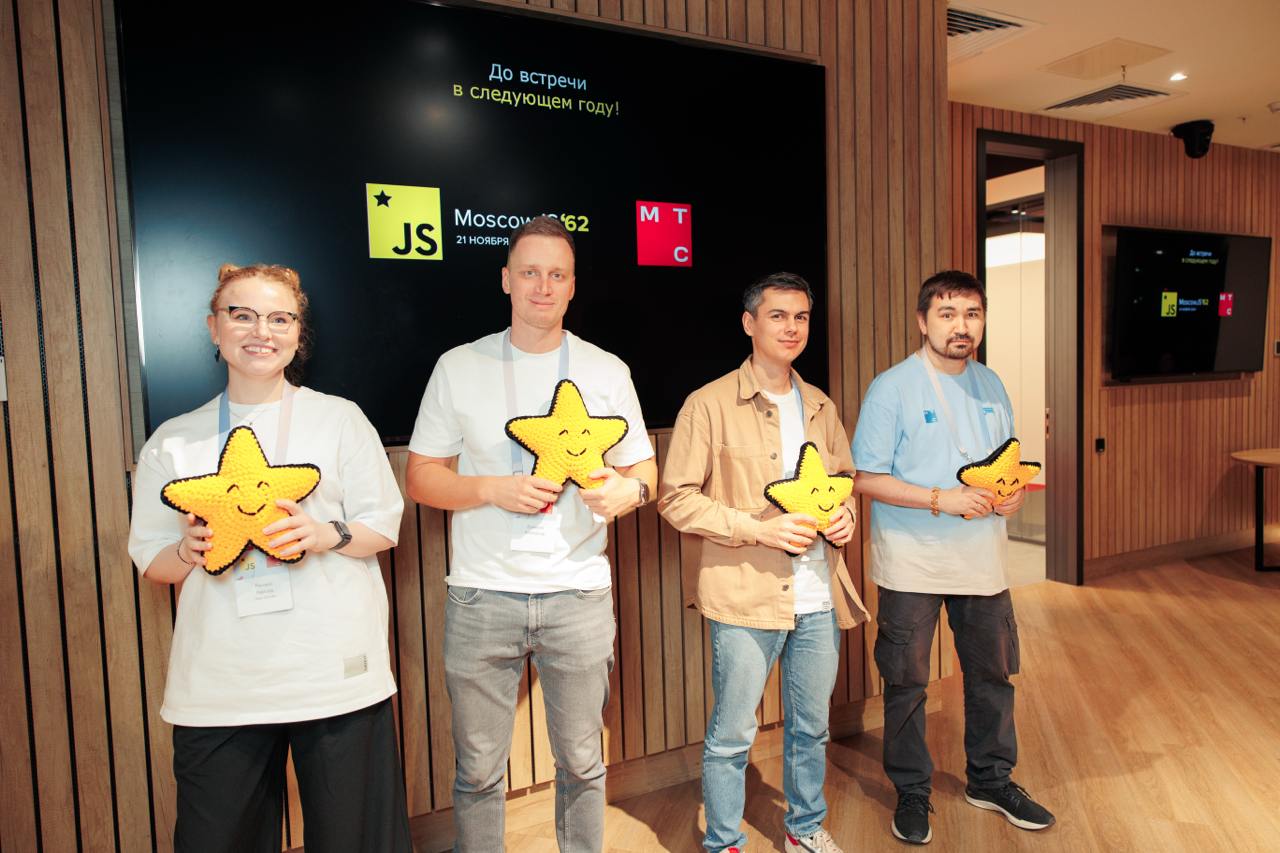
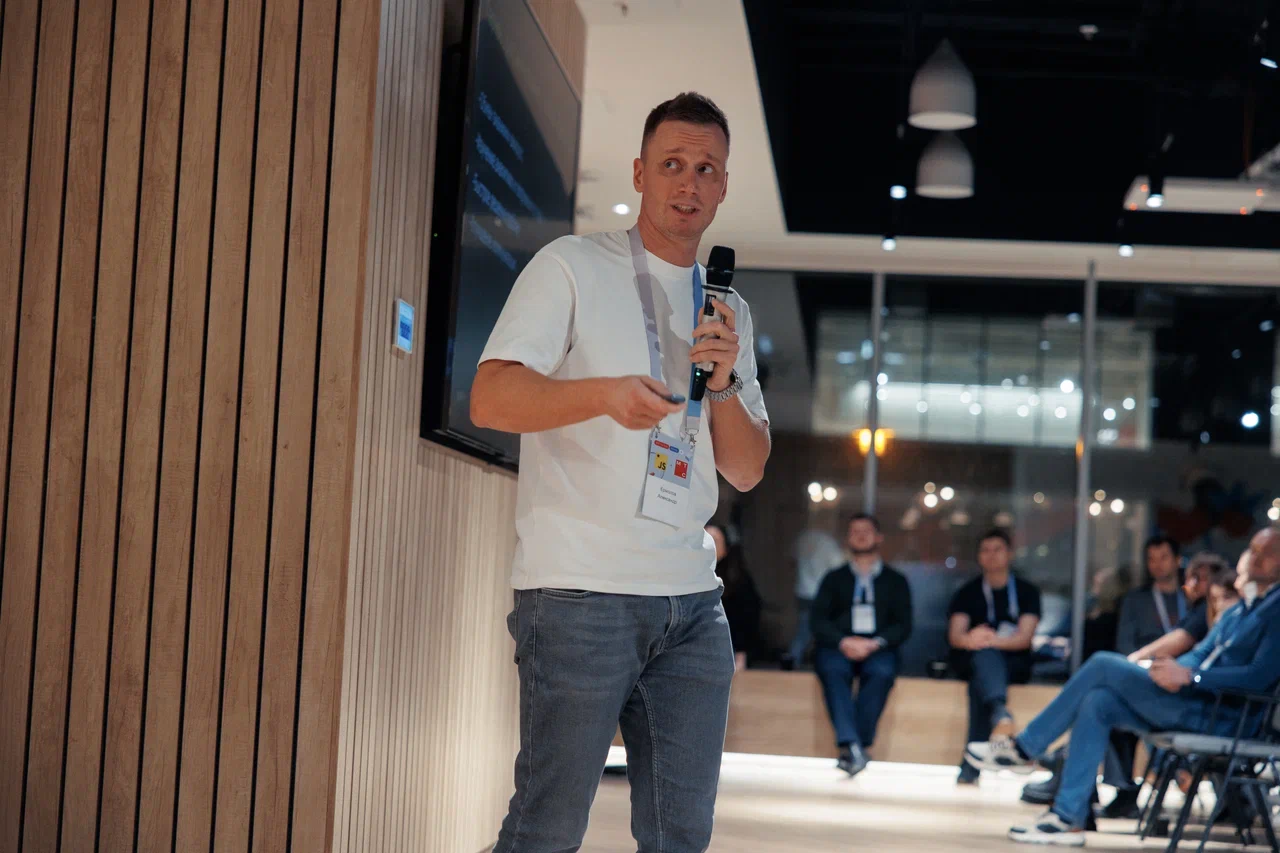
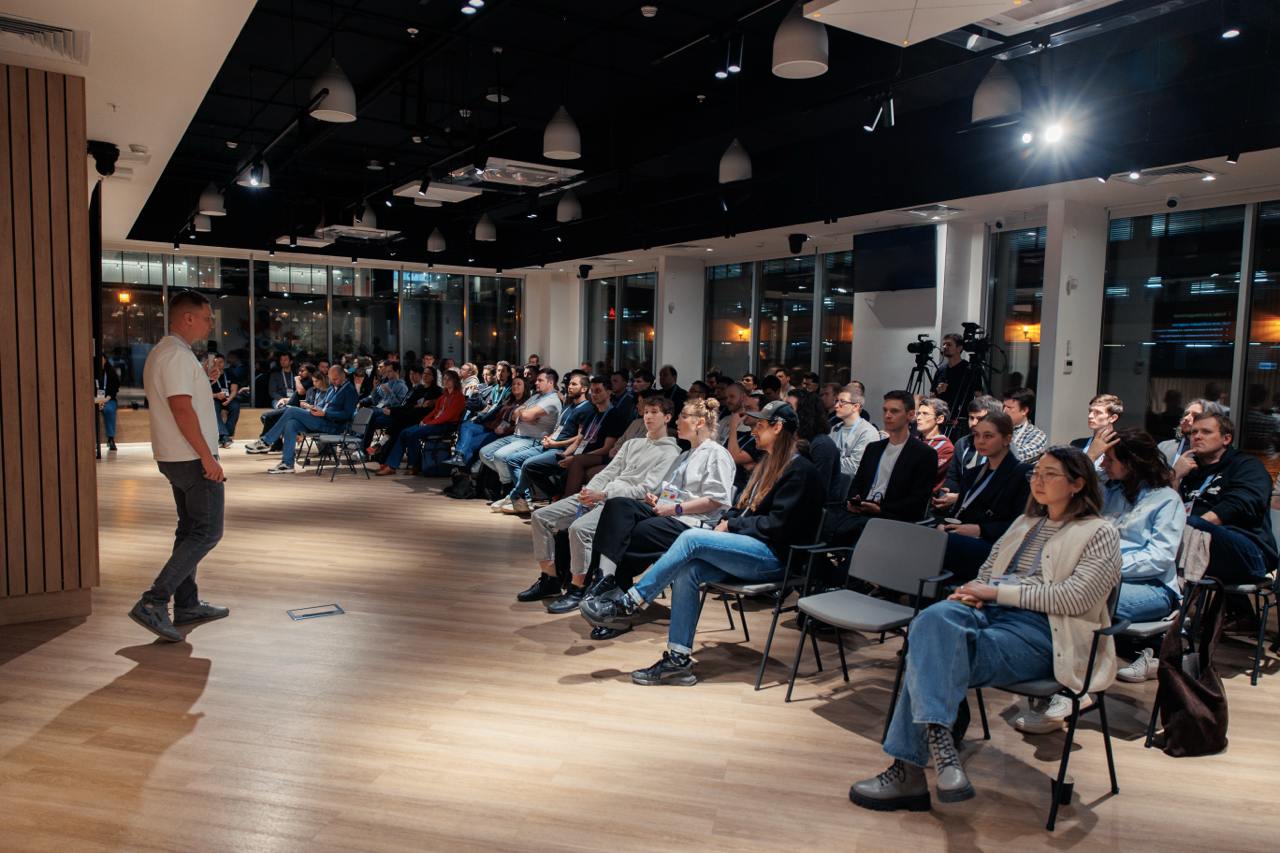

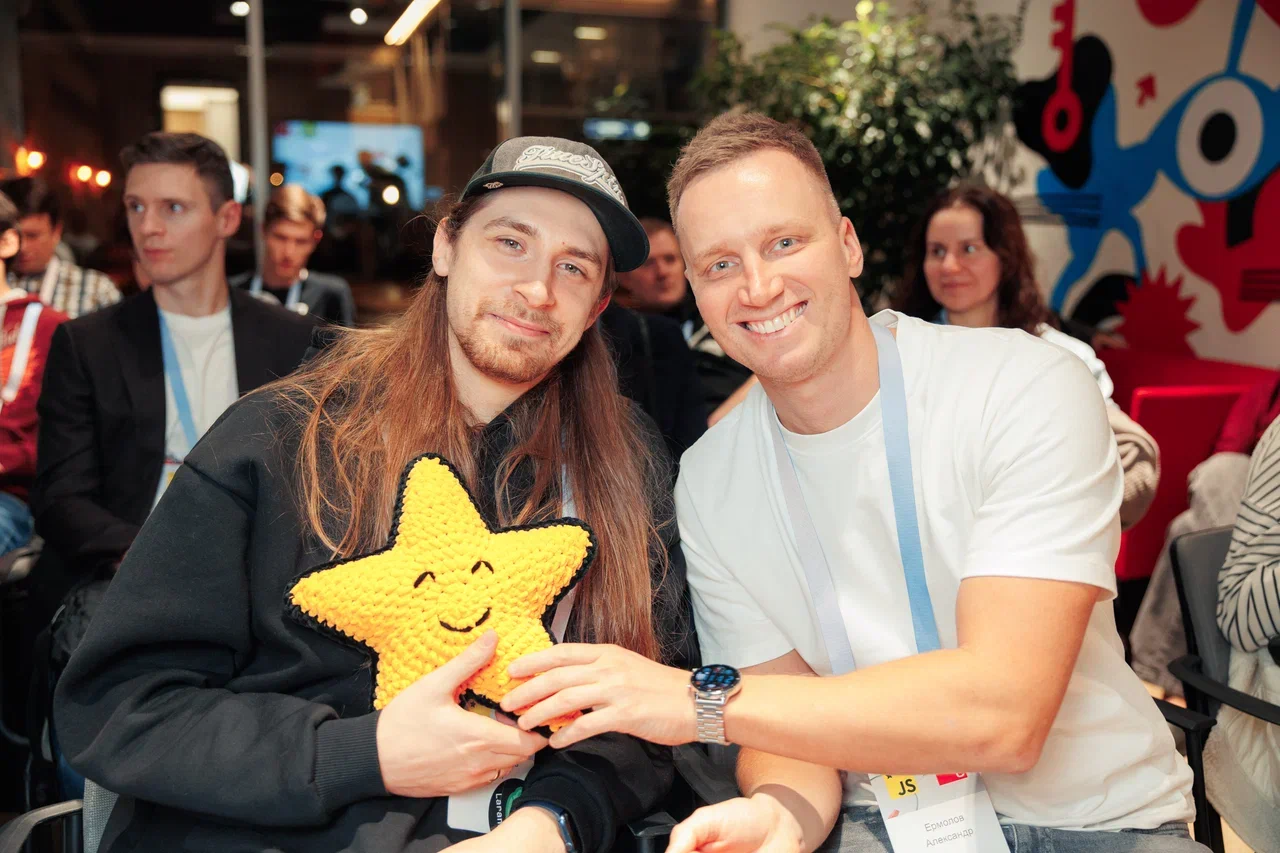
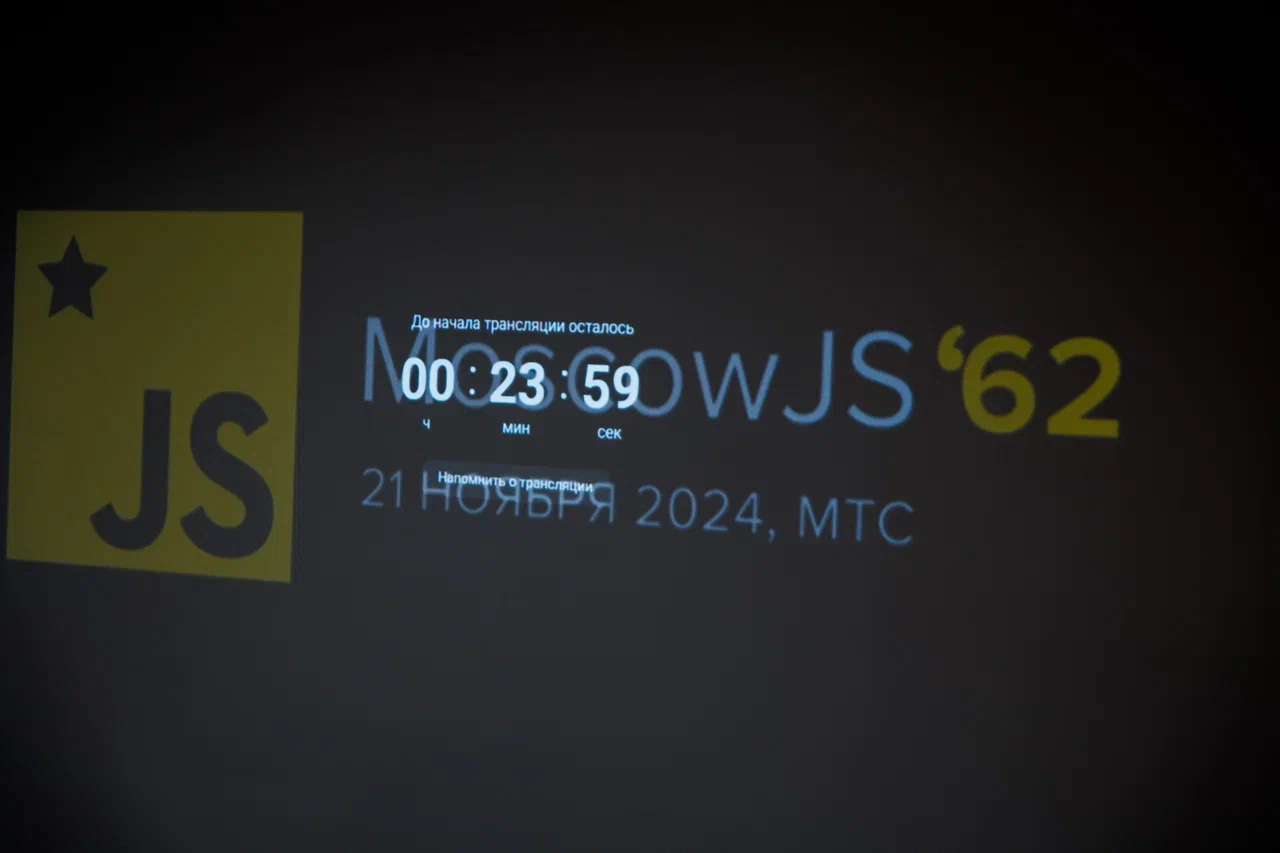
Overview
Strong teams aren’t born — they are built. In this article, I’ll break down the most common pitfalls that disrupt teamwork, how the type of team influences collaboration, and the role of leadership in shaping a productive environment. At the core is Patrick Lencioni’s model: The Five Dysfunctions of a Team.
The Five Dysfunctions of a Team
-
Absence of Trust
When team members don’t trust one another, they hide problems, avoid admitting mistakes, and hesitate to ask for help. -
Fear of Conflict
Avoiding honest discussions and constructive disagreements leads to unresolved issues and bottled-up tension. -
Lack of Commitment
People don’t feel accountable for deliverables or deadlines. -
Avoidance of Accountability
Team members don’t hold each other to high standards, lowering the overall bar. -
Inattention to Results
Individuals pursue personal goals at the expense of team outcomes, losing sight of the shared mission.
Types of Teams
-
Product Teams
Focused on fast feature delivery. Operate in high-competition, fast-paced environments. -
Technical Teams
Prioritize code quality, architecture, and reliability. Value engineering excellence.
The Role of the Leader
Leader’s Energy
- Energy-Drainers — control, criticize without solutions, suppress development.
- Energy-Givers — support, delegate, grow talent, and build systems.
Core Responsibilities
- Understanding team motivation
- Hiring and team development
- Creating growth-friendly environments
Documentation and Planning
- Documentation helps quickly resolve issues, streamline development and testing.
- Planning reduces surprises and ensures efficient time management.
Code Review and Pair Programming
- Code Review is useful for onboarding and learning but should not apply to every task.
- Pair Programming fosters communication and knowledge sharing.
Building Team Spirit
True unity doesn’t come from corporate parties — it comes from shared wins and overcoming real challenges.
The Ideal Team
An ideal team constantly asks itself:
“Are we proud of what we’re doing?”
If the answer is “yes,” you’re on the right path.
Final Thoughts
During the Q&A, we discussed teal organizations, leadership evolution, and employee development — all key themes for anyone building or transforming a team.
To stay updated on new articles and talks, subscribe to my blog @AleksandrEmolov_EasyAdvice